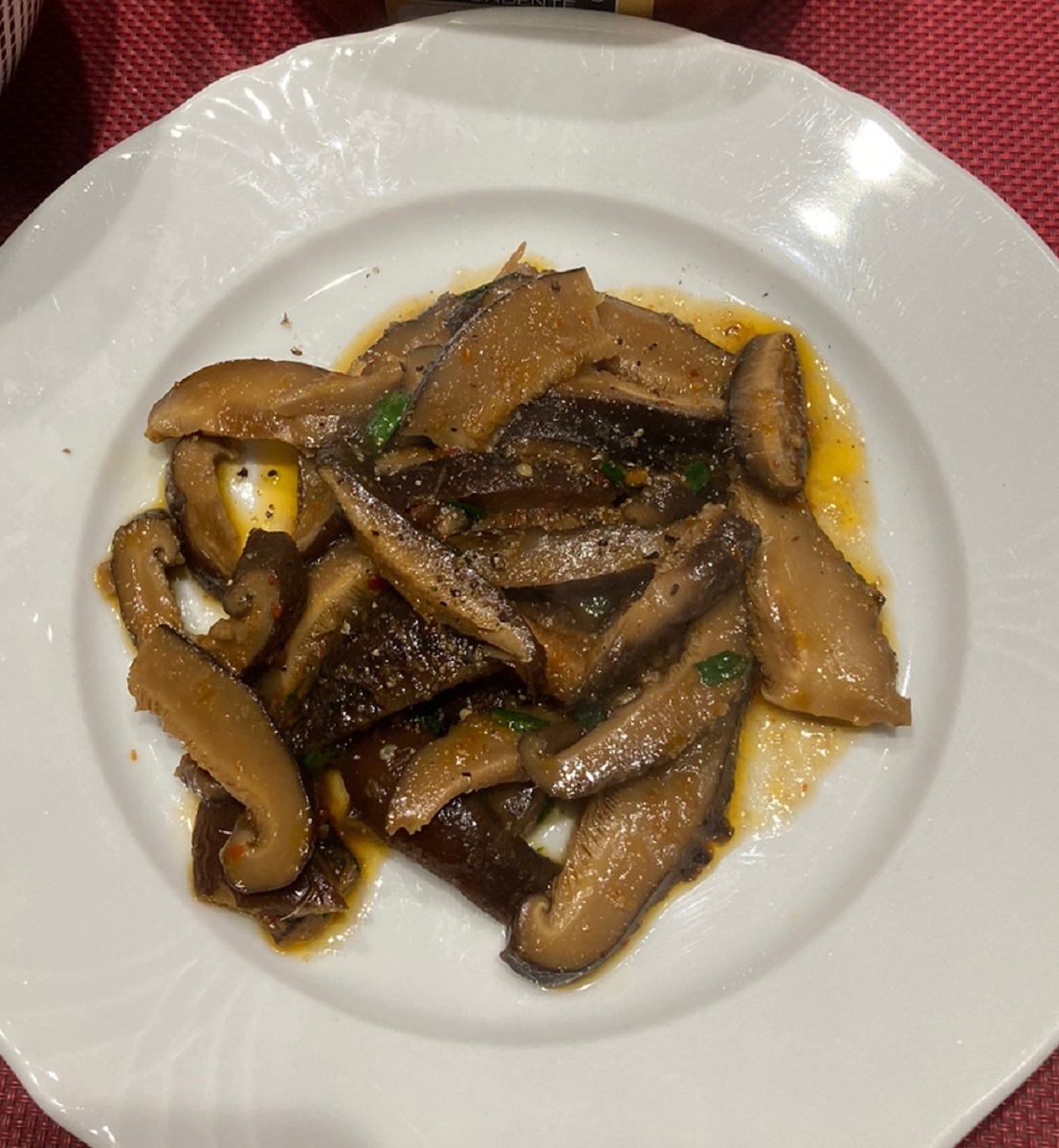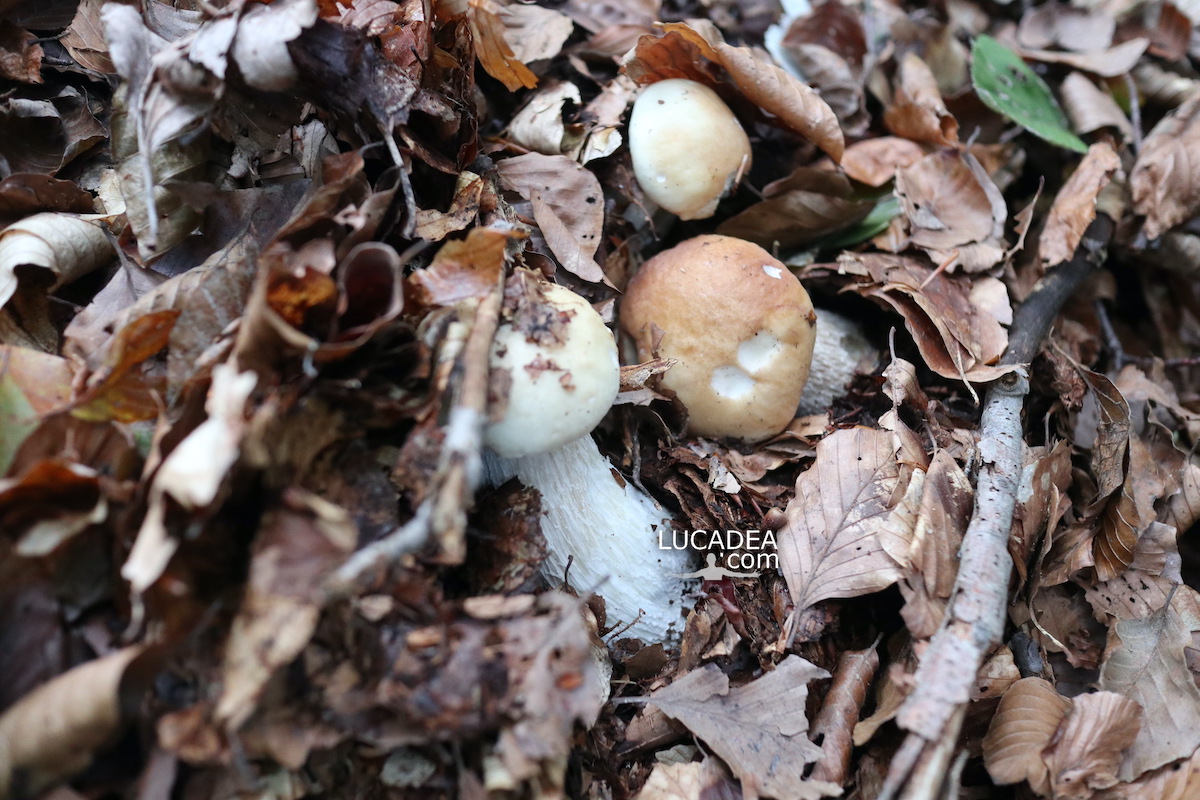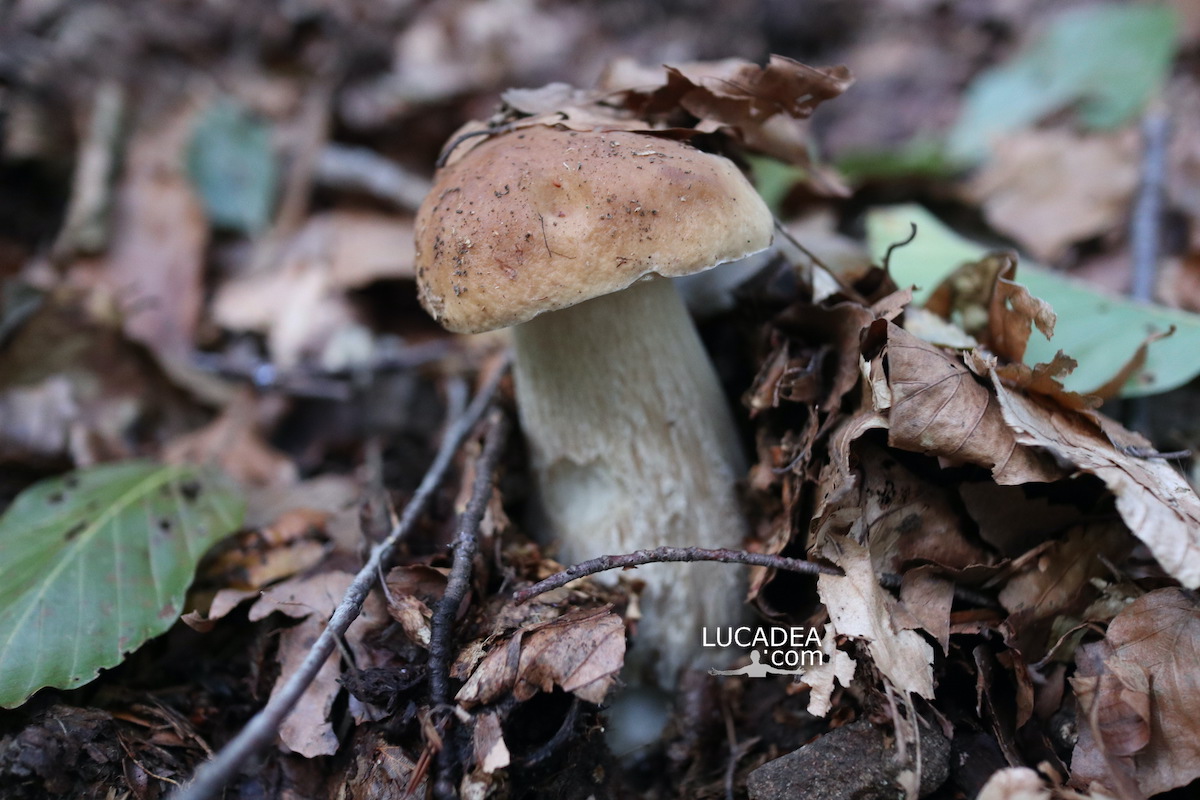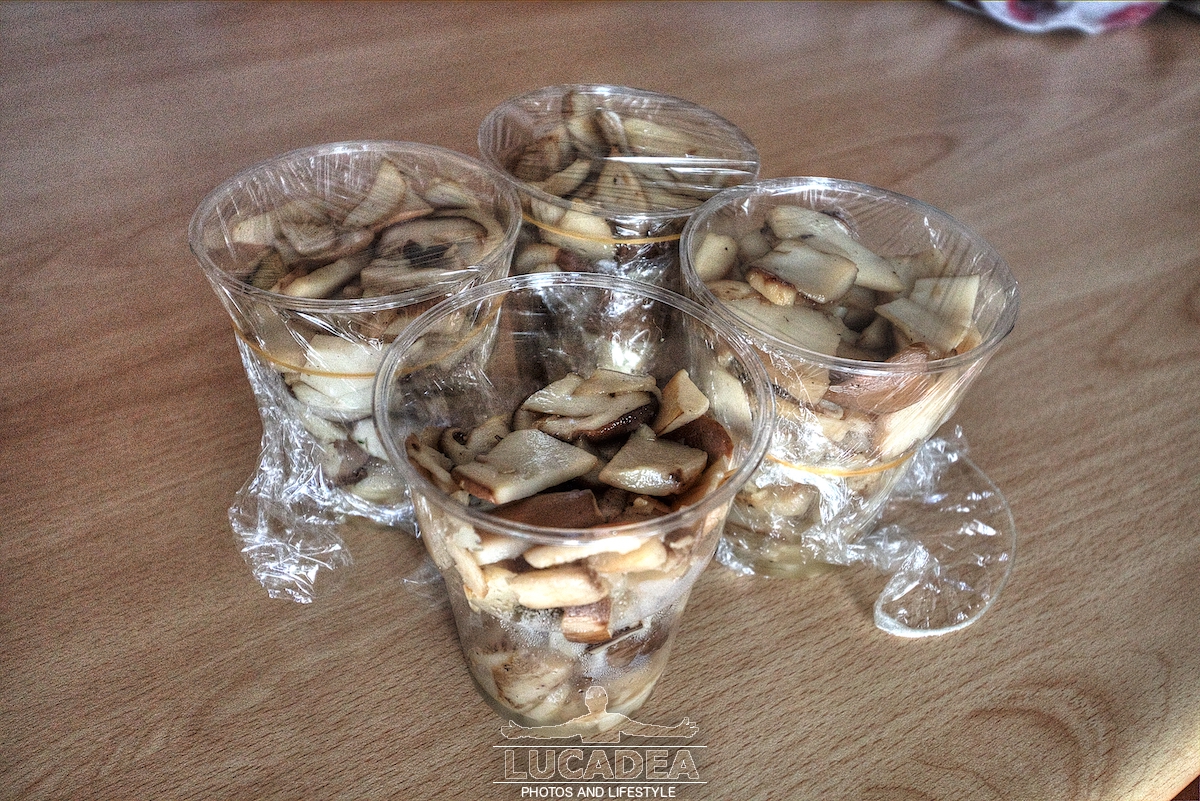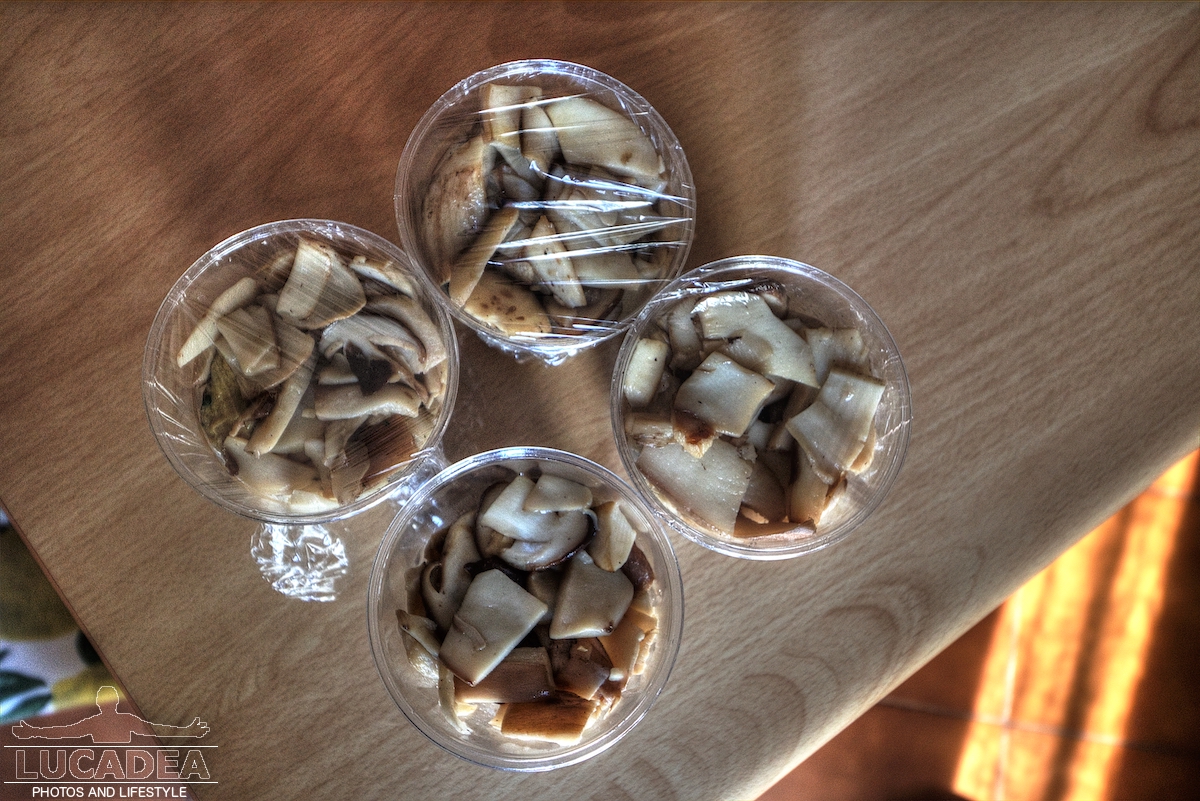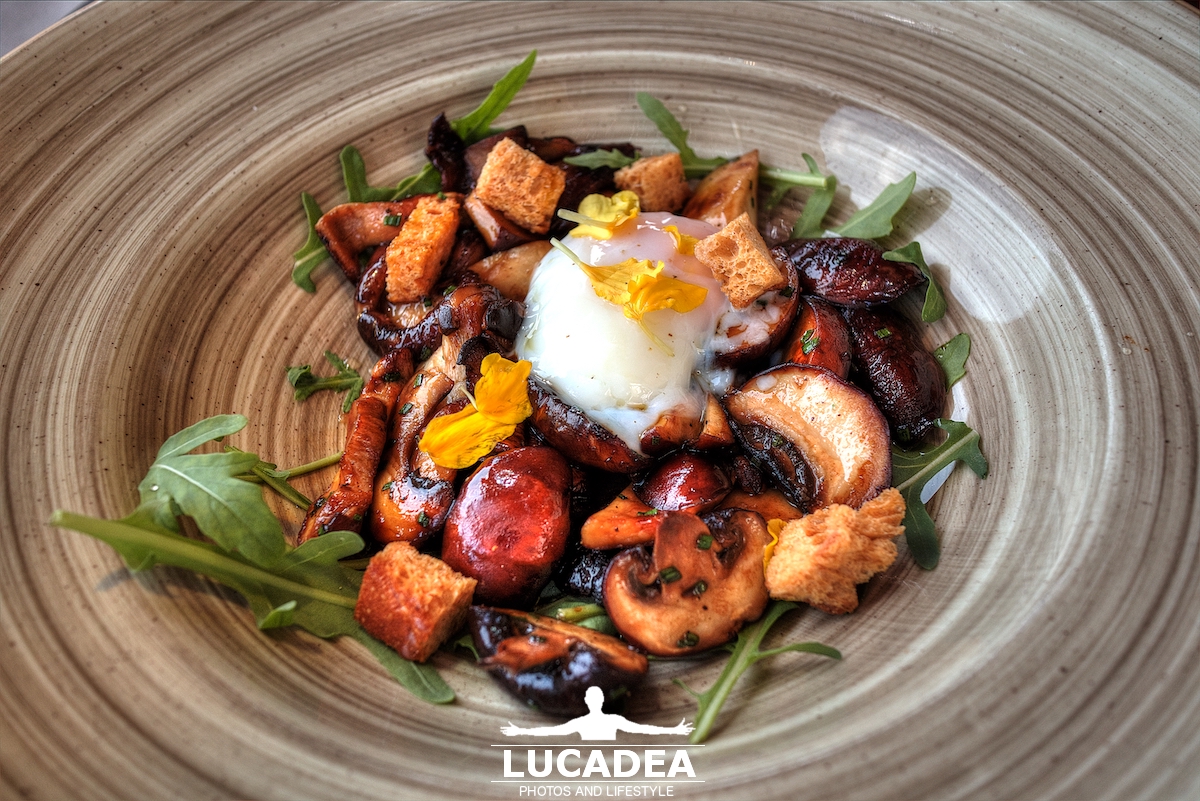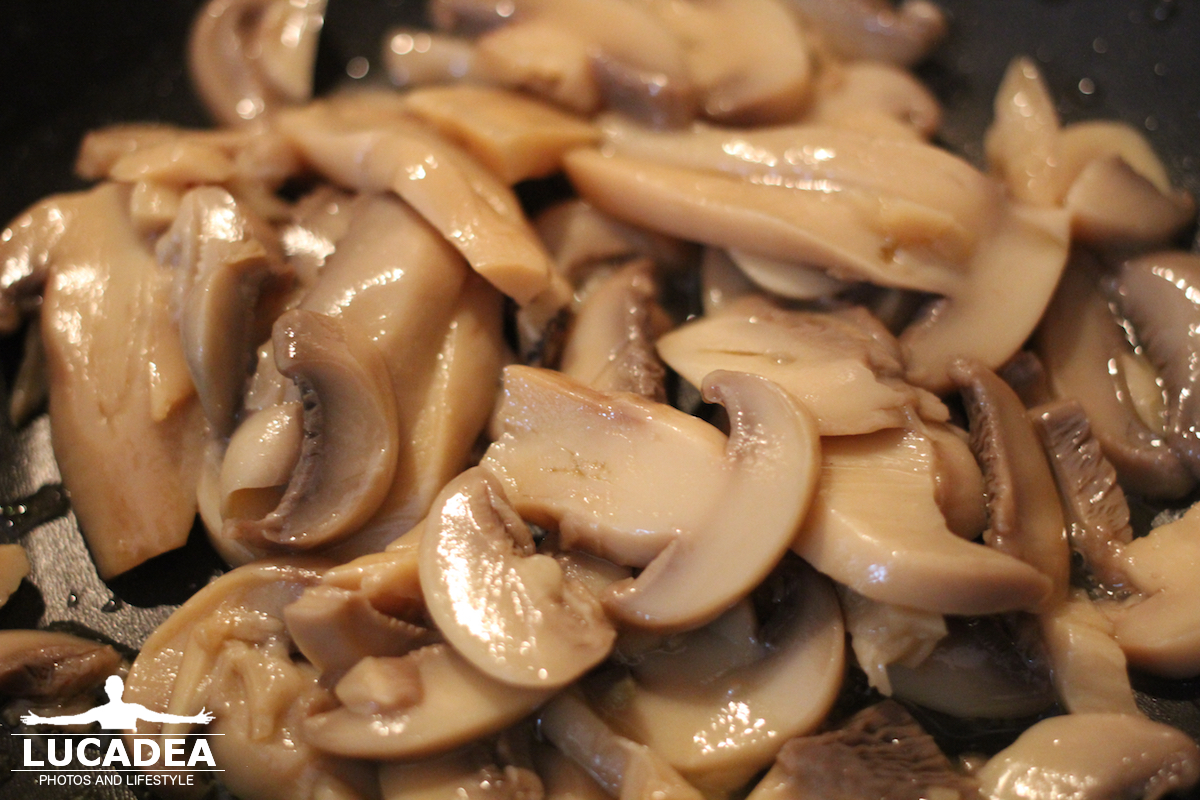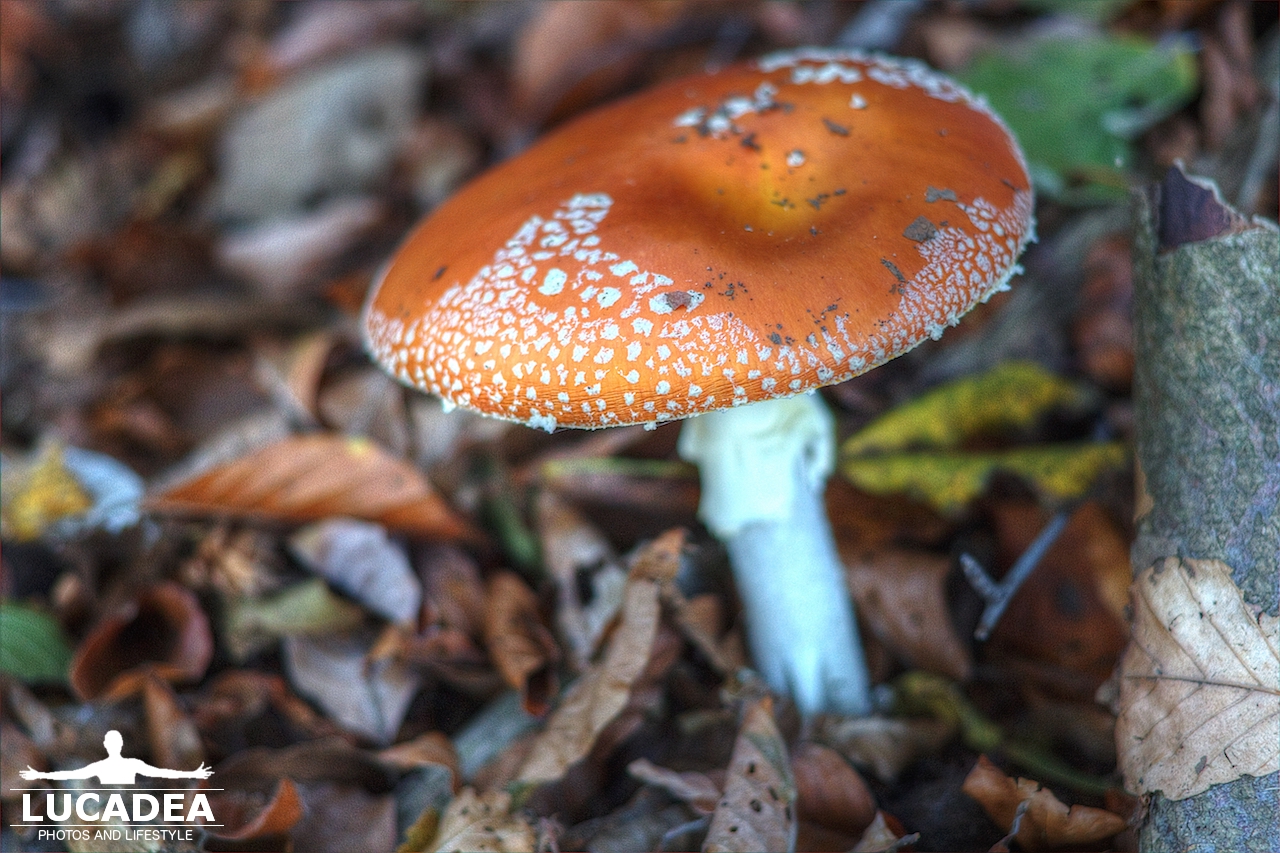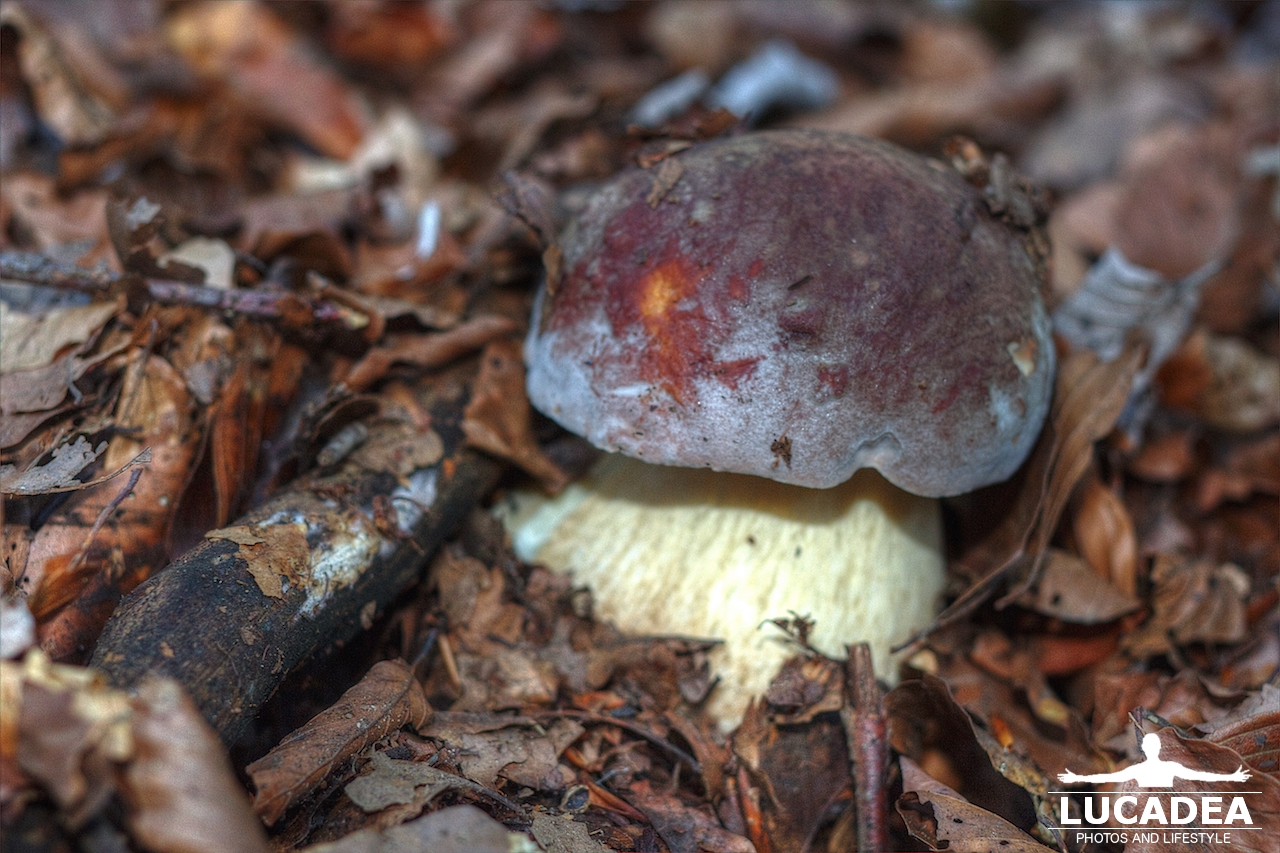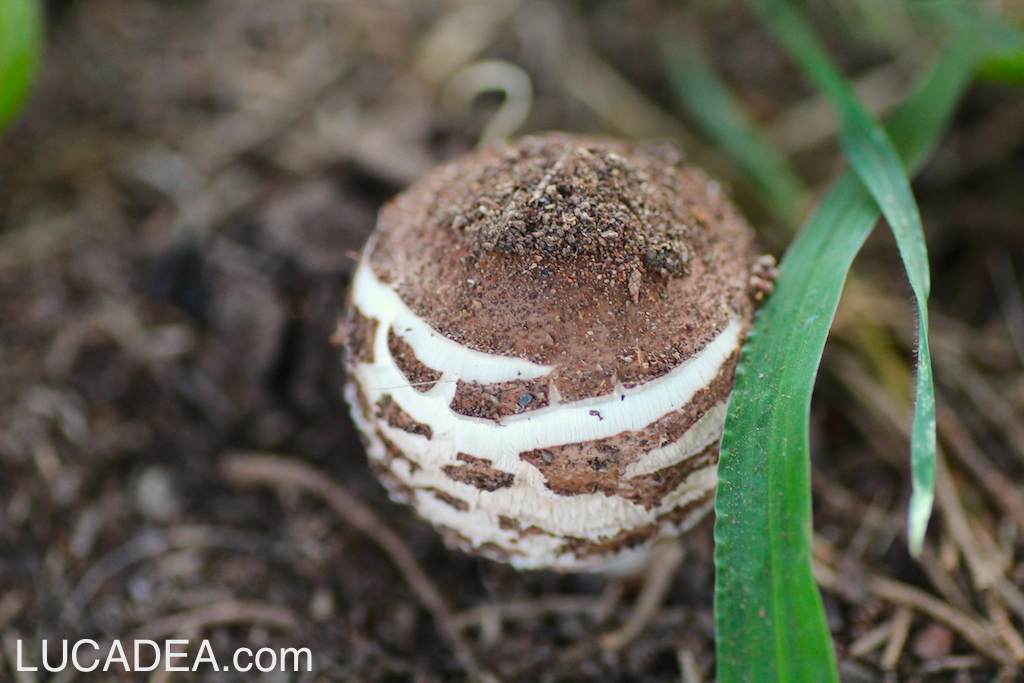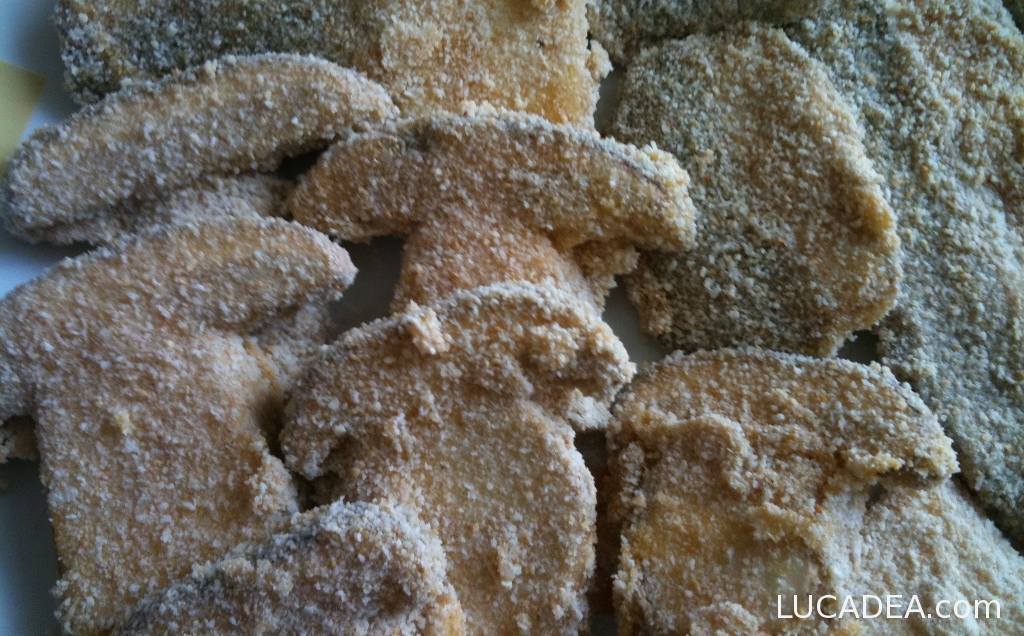Vietnamese Cuisine: Braised and Spicy Shiitake Mushrooms, the Recipe.
Click vào đây để đọc bằng tiếng việt!
If you are curious about this recipe of mine or Vietnamese food in general, write me a message. comment or go to the bottom of the site to read what other visitors have written.
Ingredients
– 50 g of shiitake mushrooms (if you don't know what they are click here);
– Finely chopped shallot;
– Olive oil;
– Garlic;
– 2 finely chopped chilli peppers (if you don't like chilli pepper you can leave it out);
– Spices: sugar, seasoning, monosodium glutamate, soy sauce, chilli pepper, satay, pepper.
Preparation
First prepare the shiitake mushrooms by softening them in water, washing them and draining them; cut the bottom of the mushrooms and then cut them into small pieces.
Place the pan on the stove, add a teaspoon of olive oil, heat until the oil is hot, then add a teaspoon of sugar and cook until the sugar turns yellow, then reduce the heat.
Add the shallots, finely chopped chili pepper and minced garlic; fry until fragrant.
Now add the shiitake mushrooms to the pan, 1/2 tablespoon of seasoning, 1/2 teaspoon of sugar, 1/2 teaspoon of MSG, stir-fry until the mushrooms are firm.
For the final cooking add another 2 tablespoons of soy sauce, 2 tablespoons of water, 1 tablespoon of satay chili pepper (if you eat less spicy, you can add just a little chili pepper) and (if you have it) some stock.
Continue cooking for a few minutes on low heat and finish with a sprinkle of ground pepper.
A great dish to enjoy!
Nấm đông cô kho cay.
* 50g nấm đông cô
* Hành lá thái nhuyễn
* Tỏi và 2 quả ớt thái nhuyễn (không ăn ớt không cho vào)
* Gia vị: Đường, hạt nêm, bột ngọt, nước tương, ớt sa tế, tiêu.
Nấm đông cô ngâm mềm, rửa sạch và vắt ráo nước, cắt bỏ phần chân nấm sau đó thái nấm thành từng miếng vừa ăn.
Bạn bắc chảo lên bếp, cho vào 1 muỗng cà phê dầu ăn, đun cho dầu ăn nóng lên thì bạn cho vào chảo 1 muỗng cà phê đường, nấu đến khi đường ngả màu vàng thì bạn vặn lửa thật nhỏ rồi bỏ hành lá, ớt cắt nhỏ và tỏi băm vào phi thơm.
Tiếp theo, bạn cho phần nấm đông cô đã thái vào chảo sau đó thêm vào 1/2 muỗng canh hạt nêm, 1/2 muỗng cà phê đường, ½ muỗng cà phê bột ngọt, xào cho nấm săn lại thì bạn cho vào chảo 2 muỗng canh nước tương, 2 muỗng canh nước, 1 muỗng ớt sa tế (nếu ăn cay ít có thể cho ít ớt) và kho với lửa nhỏ và nêm nếm lại lần nữa cho vừa ăn, sau đó cho ít tiêu xay vào là xong và có thể cho ra đĩa thưởng thức.

